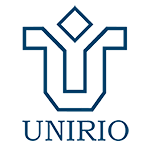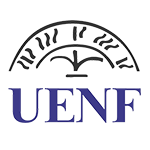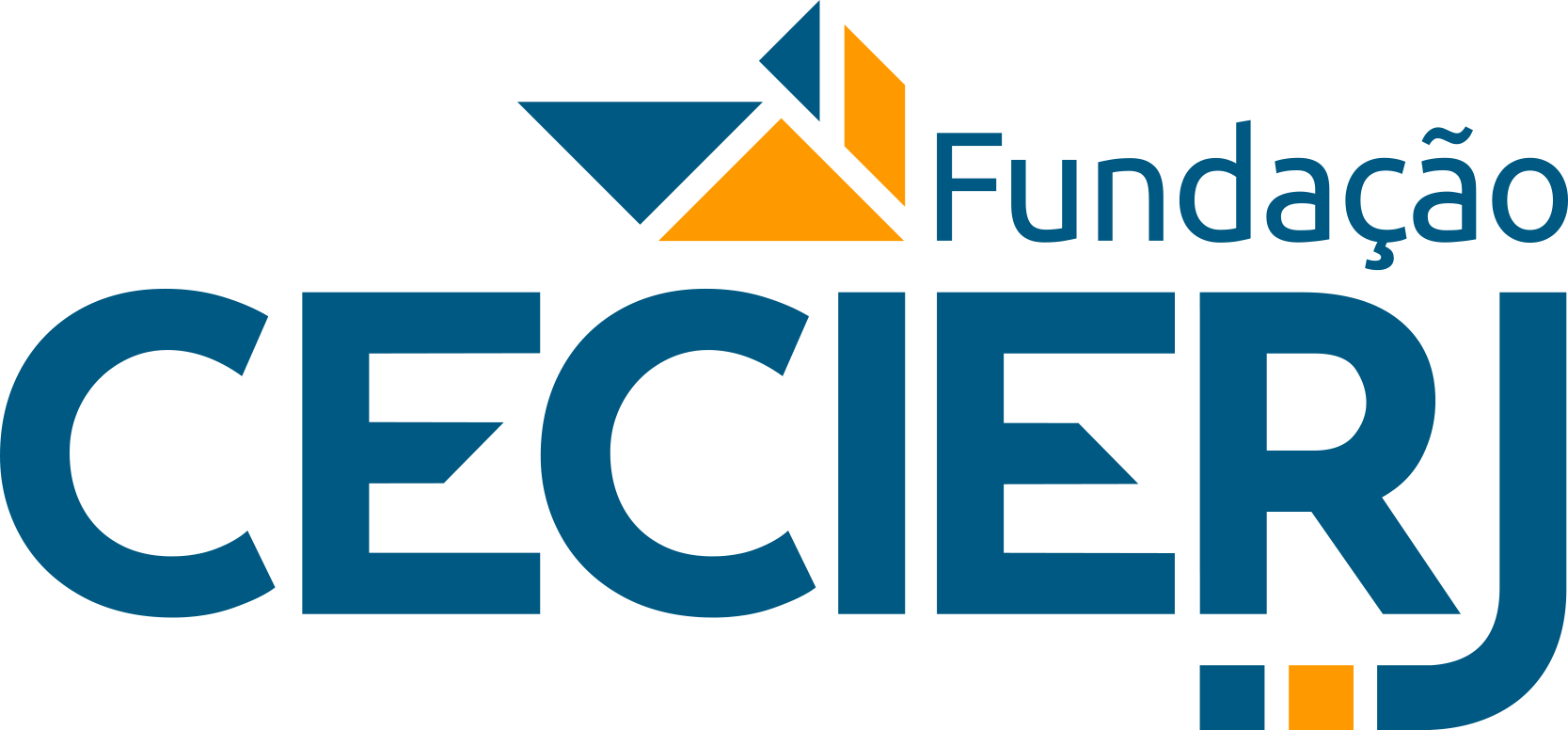Evaluation of Professional Improvement Courses in Diagnostic Imaging in Dentistry: On-line and Hybrid Formats
DOI:
https://doi.org/10.18264/eadf.v12i1.1550Abstract
With all the major changes imposed by the COVID-19 pandemic, new challenges have emerged for educational institutions to instruct health professionals. Consequently, they started to look for alternative ways to maintain the teaching-learning process. This study aims to assess the acceptability of a group of 42 students to change the teaching methodology applied in two professional development courses with different formats, one with fully on-line content (Digital Dentistry: Diagnostic Imaging) and the other hybrid (on-line and face to-face) (Computed Tomography: Knowing, indicating and interpreting). This work also proposed to evaluate the learning methodology, adaptations and changes in teaching methods during and after the critical period of the COVID 19 pandemic, as well as the impact on the productivity of courses. The present work was conducted through a cross-sectional observational study. Data were collected through the application of questionnaires. The results showed that remote and hybrid teaching are well consolidated, as they do not provide great interference in their routines and maintain the quality of teaching. It was concluded the importance of approximation in real time (synchronous activities) and in person regarding the content of practical activities and emphasizing the interaction of the educator and the student, in the information of the objectives to be achieved, contents and methods.
Keywords: Blended learn. Distance education. Virtual learning environment. Diagnostic imaging.
Downloads
References
BACICH, L; MORAN, J. Metodologias Ativas para uma educação inovadora: uma abordagem teórico-prática. Porto Alegre: Penso, 2018.
BARROS, R. Revisitando Knowles e Freire: Andragogia versus pedagogia, ou O dialógico como essência da mediação sociopedagógica. Educação e Pesquisa, v. 44, e173244, 2018. DOI: https://doi.org/10.1590/S1678-4634201844173244
DUTRA. F. B. S. et al. Reformulação da Educação a Distância em Tempos de Pandemia: a Experiência do Curso de Educação Especial e Inclusiva da Fundação CECIERJ.EaD em Foco, v. 11, n. 2, e1253, 2021. doi: https://doi.org/10.18264/eadf.v11i2.1253
KAVADELLA, A. et al. Evaluation of a blended learning course for teaching oral radiology to undergraduate dental students. European Journal of Dental Education, v. 16, n. 1, p. e88–e95, 16 fev. 2012. DOI 10.1111/j.1600-0579.2011.00680.x.
KOBAYASHI-VELASCO, S. et al. Conhecimento de estruturas anatômicas em imagens de tomografia computadorizada por feixe cônico – experiência de prática pedagógica. Revista da ABENO, [S. l.], v. 19, n. 3, p. 163–171, 2019. DOI: 10.30979/rev.abeno.v19i3.903.
MORAN, J. Educação Híbrida: um conceito-chave para a educação, hoje. In: BACICH, L.; NETO, A. T.;TREVISANI, F. M. (Orgs.). Ensino híbrido: personalização e tecnologia na educação. Porto Alegre:Penso, 2015.
MIRANDA, R. V. et al. Ensino Híbrido: Novas Habilidades Docentes Mediadas pelos Recursos Tecnológicos. EaD em Foco, v. 10, n. 1, 8 maio 2020.DOI: https://doi.org/10.18264/eadf.v10i1.913.
OLIVEIRA, G. J; PEREIRA, M. S. C. Aula invertida: Inovação com o uso das TICS na educação. 2017. 10 f. Avm Faculdade Integrada, Rio de Janeiro, 2017. Apresentado no Congresso Internacional ABDE de Educação a Distância, 2017, Foz do Iguaçu,PR.
PAIVA, M. et al. Metodologias Ativas de Ensino-Aprendizagem: Revisão Integrativa.Sanare -Revista de Politicas Publicas, Sobral/CE, ano 2016, v. 15, n. 2, p. 145-153, 18 dez. 2016.
PAHINIS, K.; STOKES, C. W . Evaluating a blended-learning course taught to different groups of learners in a dental school.J Dent Educ.;v.71, n.2: p.269-278.DOI: https://doi.org/10.1002/j.0022-0337.2007.71.2.tb04275.x
QUTIESHAT, A. S; ABUSAMAK, M. O; MARAGHA, T. N. Impact of blended learning on dental students' performance and satisfaction in clinical education. J Dent Educ. 2020, v.84, n. 2: p.135-142. DOI: 10.21815/JDE.019.167.
RIBEIRO, E. N.; MENDONÇA, G. A. A.; MENDONÇA, A. F. A importância dos ambientes virtuais de aprendizagem na busca de novos domínios da EAD. In: Anais do 13º Congresso Internacional de Educação a Distância. Curitiba, Brasil. 2007.
ROSA JUNIOR, J. L. Metodologias ativas de aprendizagem para a Educação a Distância: uma análise didática para dinamizar sua aplicabilidade. 2015. 100 f. Dissertação (Mestrado) - Curso de Tecnologia da Inteligência e Design Digital, Mídias Digitais, Pontifícia Universidade Católica de São Paulo, São Paulo, 2015.
SILVA, A. N. Limites e possibilidades do ensino í distância (EaD) na educação permanente em saúde: revisão integrativa. Ciência & Saúde Coletiva [online]. 2015, v. 20, n. 4 ,p. 1099-1107.DOI:https://doi.org/10.1590/1413-81232015204.17832013.
VALENTE, J. A. A Comunicação e a Educação baseada no uso das Tecnologias Digitais de Informação e Comunicação. Revista Unifeso: Humanas e Sociais, Rio de Janeiro, v. 1, n. 1, p. 144-166, mar. 2014. Semestral.
Downloads
Published
How to Cite
Issue
Section
License
Copyright (c) 2022 EaD em Foco

This work is licensed under a Creative Commons Attribution 4.0 International License.
All articles published in Revista EaD em Foco receive the license
Creative Commons - Atribuição 4.0 Internacional (CC BY 4.0).
All subsequent publications, complete or partial, must be made with the acknowledgment, in citations, of the Revista EaD em Foco as the original editor of the article.













